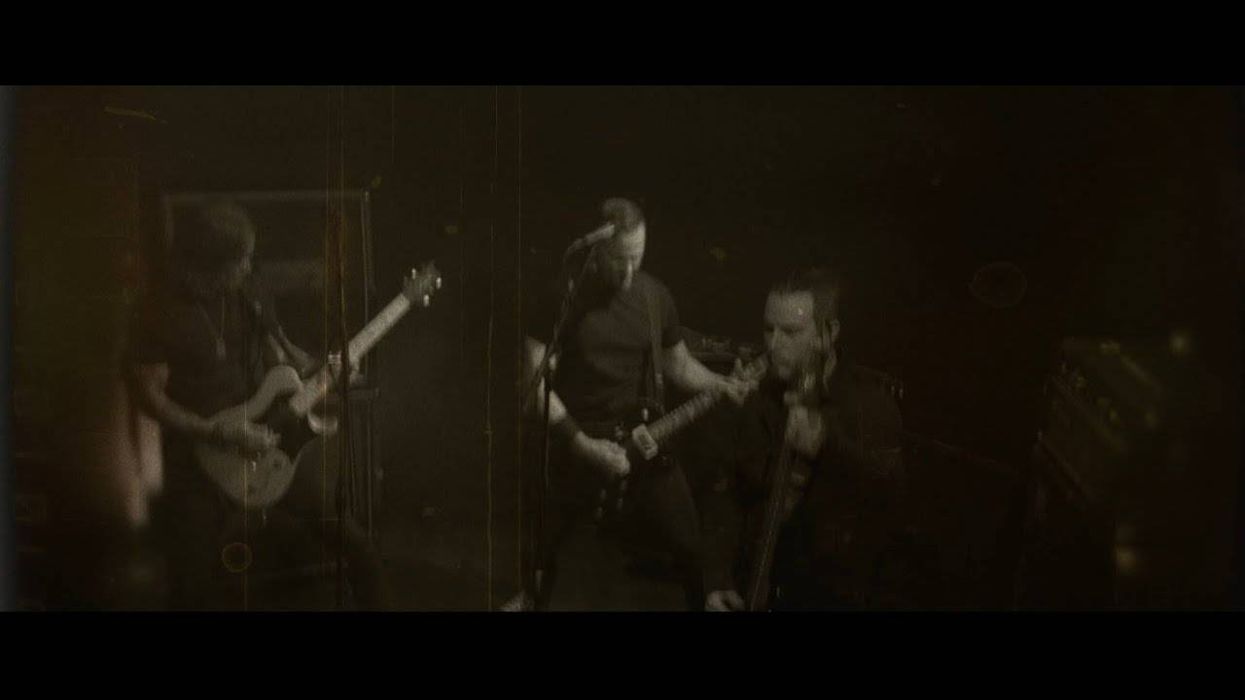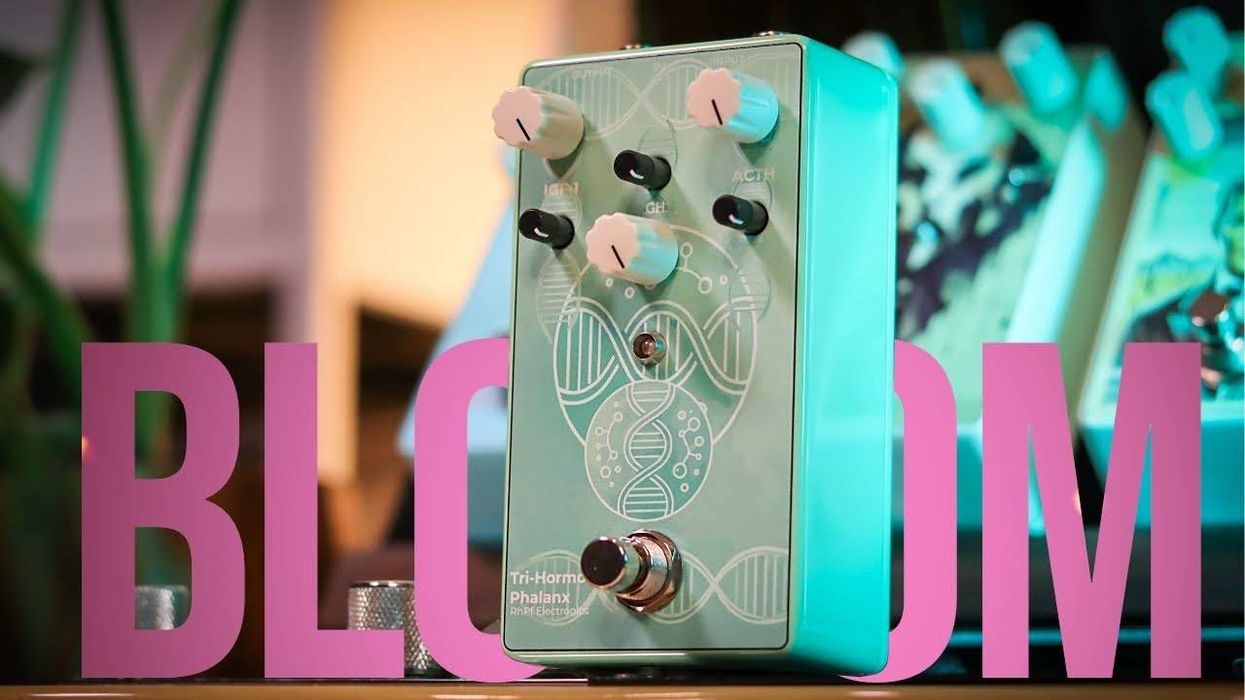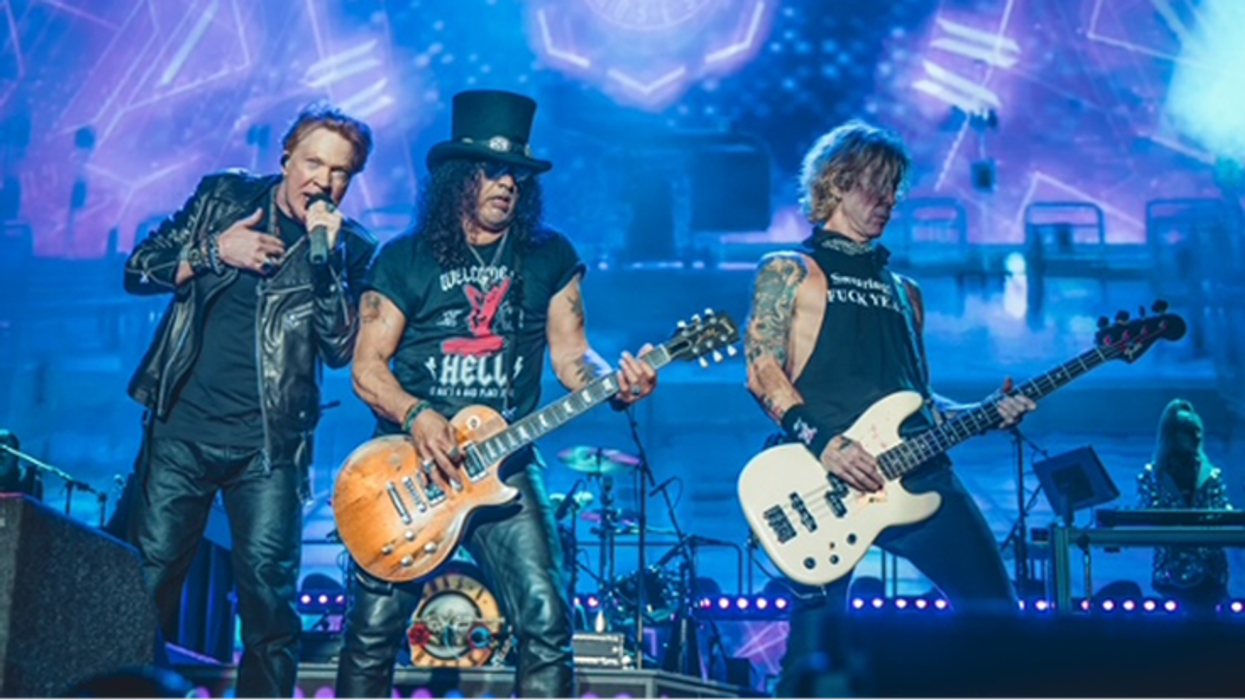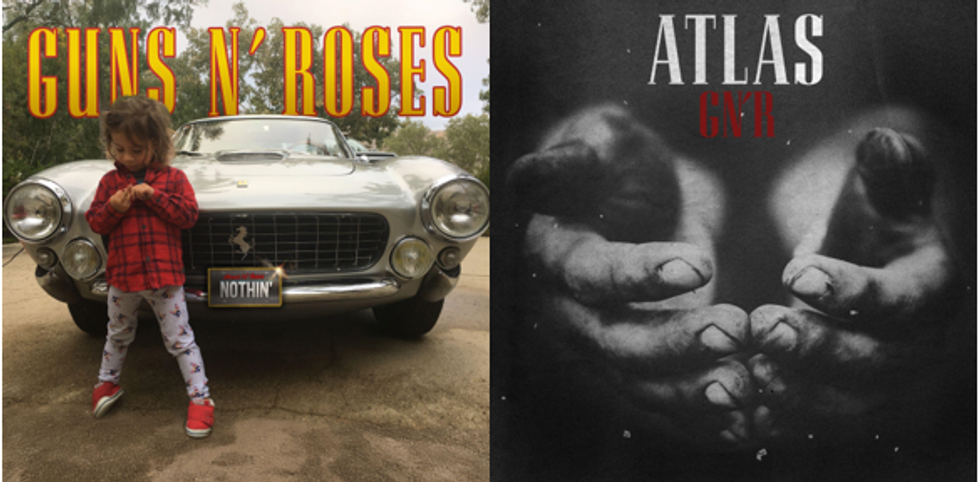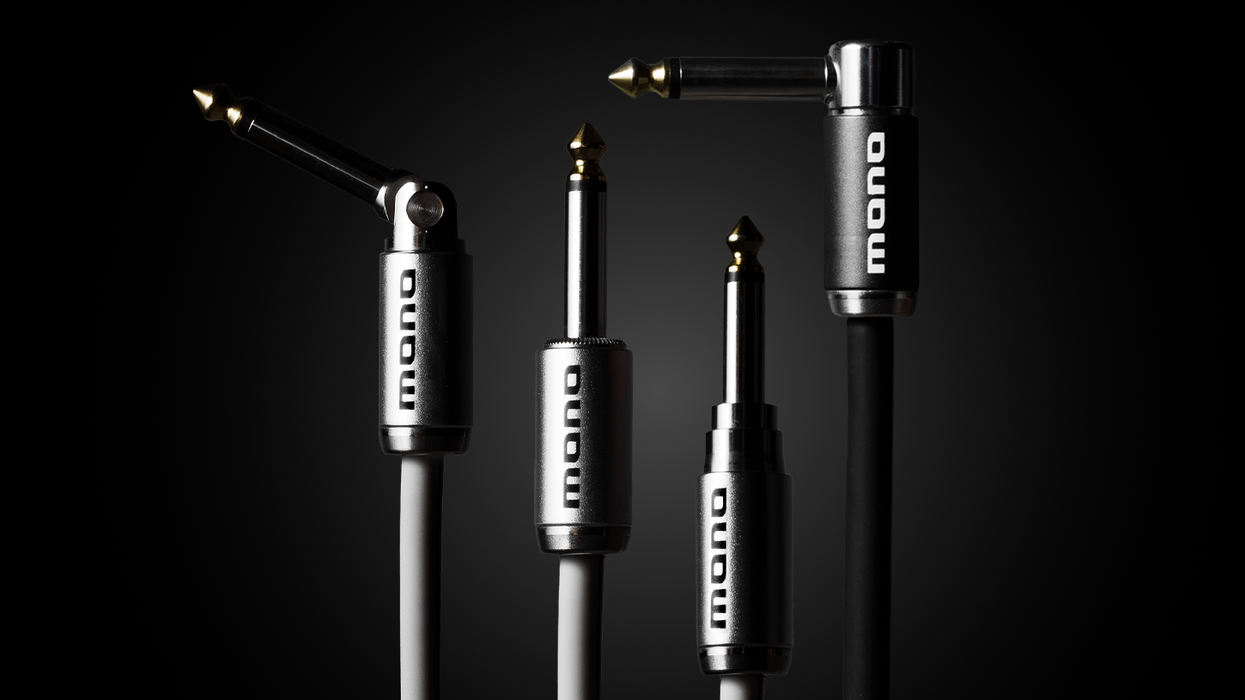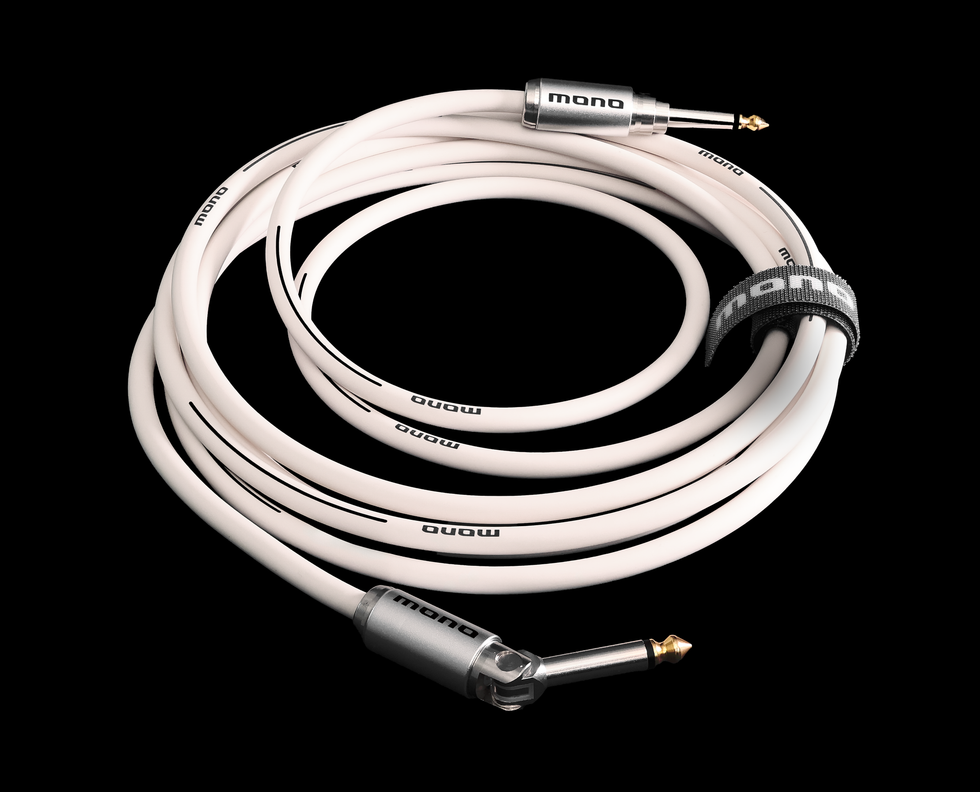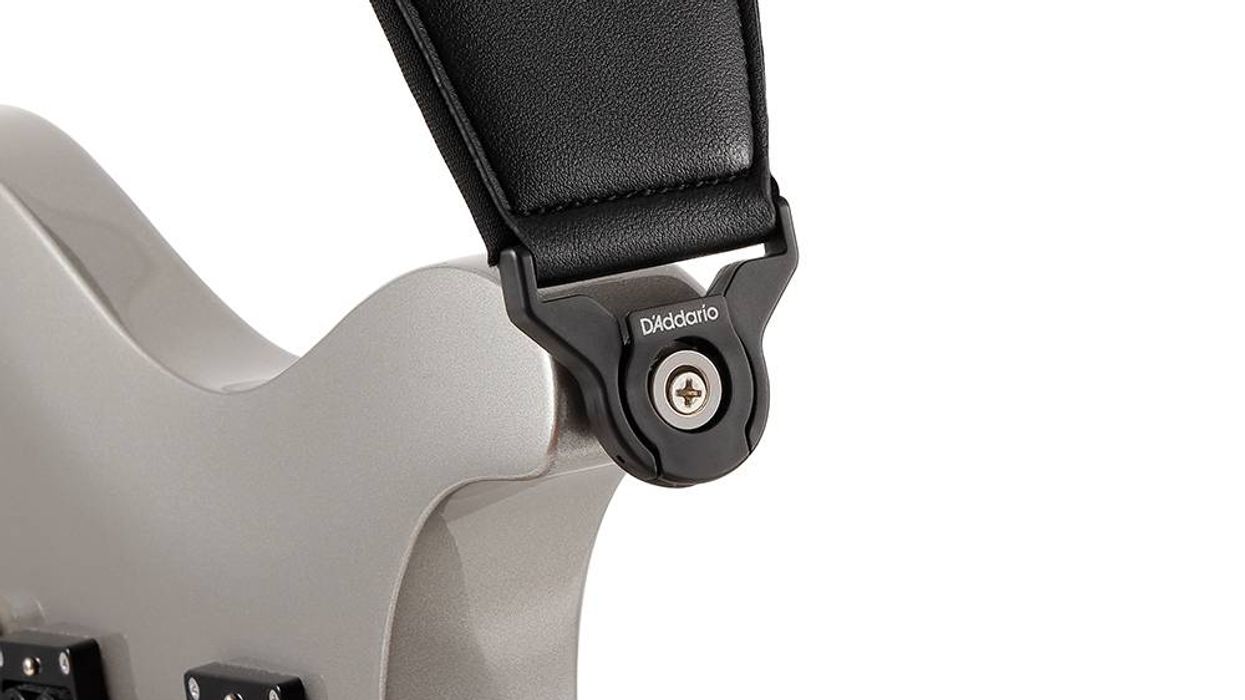Jensen Speakers introduces the Jensen Silverbird line, consisting in two brand new ceramic speakers: the Silverbird 12 and the Silverbird 10.
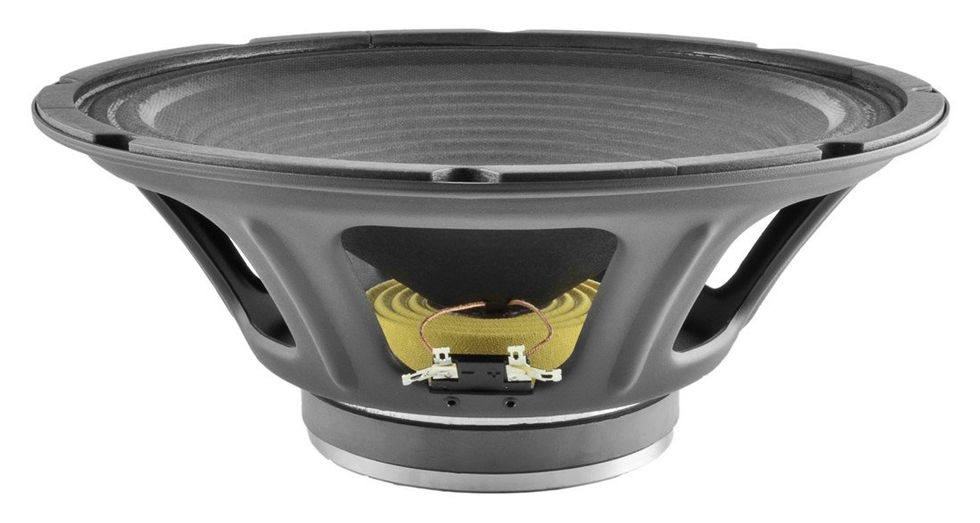
Jensen Silverbird 1270
Following up to the recent introduction of the highly successful Blackbird 40 “Reinforced AlNiCo” 12” and 10” speakers, Jensen developed the Silverbird line, aiming to transfer the unique voicing of the BB40 in a more affordable platform, with a specific attention to the top end response, carefully tailored to make the Silverbird speakers greatly suited to overdrive and high-gain applications.
Both the SB12and the SB10 share a new 1 ½” (38mm) aluminum-wound voice coil with a Kapton former, designed to retain the trademark clarity of the Jensen clean tones, paired with a smooth, progressive contour of the top end response, so critical to achieve a detailed yet controlled tone with lead tones. The medium-sized Ceramic magnets provide the necessary strength to have generous yet tight bass, while the new cone membranes, with a specific treatment on the paper surrounds, deliver a balanced response in the midrange and “presence” zone.
The SB12-70 is of course fatter and fuller sounding, while the SB10-50 has a more focused and present response with the typical immediacy of the best 10” speakers. Versatile enough to deliver an open, airy response in open back cabinets, both models can morph into powerful rock’n roll tone machines in closed back enclosures.
The Silverbird line will be available worldwide in the sprinf of 2024, and the prices will be:
Silverbird 12 - C12/70 SB: MAP $93.95, MSRP $144.50
Silverbird 10 - C10/50 SB: MAP $117.95, MSRP $181.50


